Our local land management agencies share your concern about prescribed fire smoke. That’s why we do so much work before and during prescribed burning, like thinning and removing small trees, monitoring the weather, and paying careful attention to where smoke is going during prescribed fires, to minimize smoke impacts to communities. Nonetheless, some smoke in the air is inevitable during and immediately after prescribed fires.

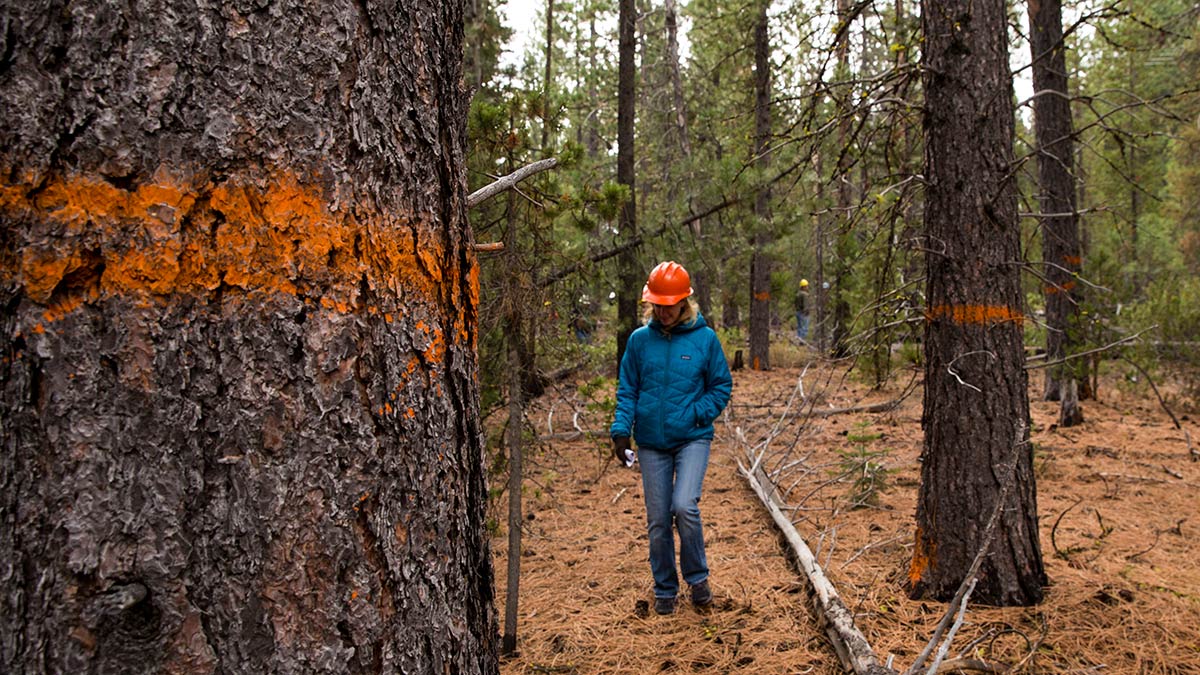
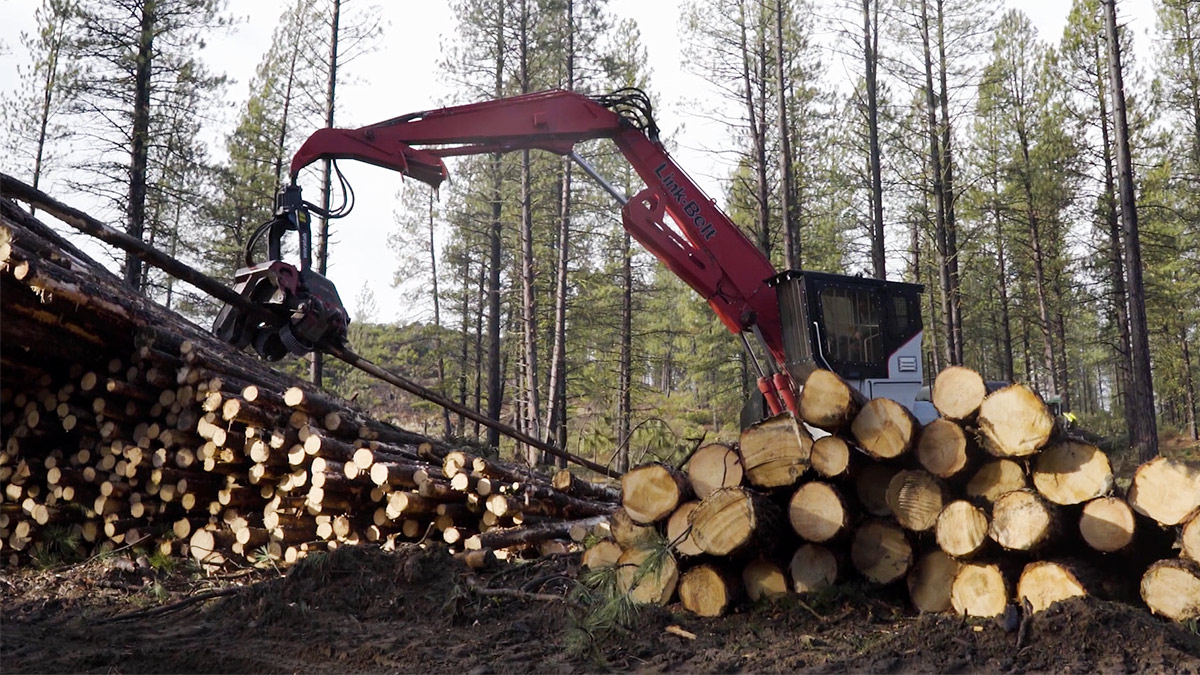
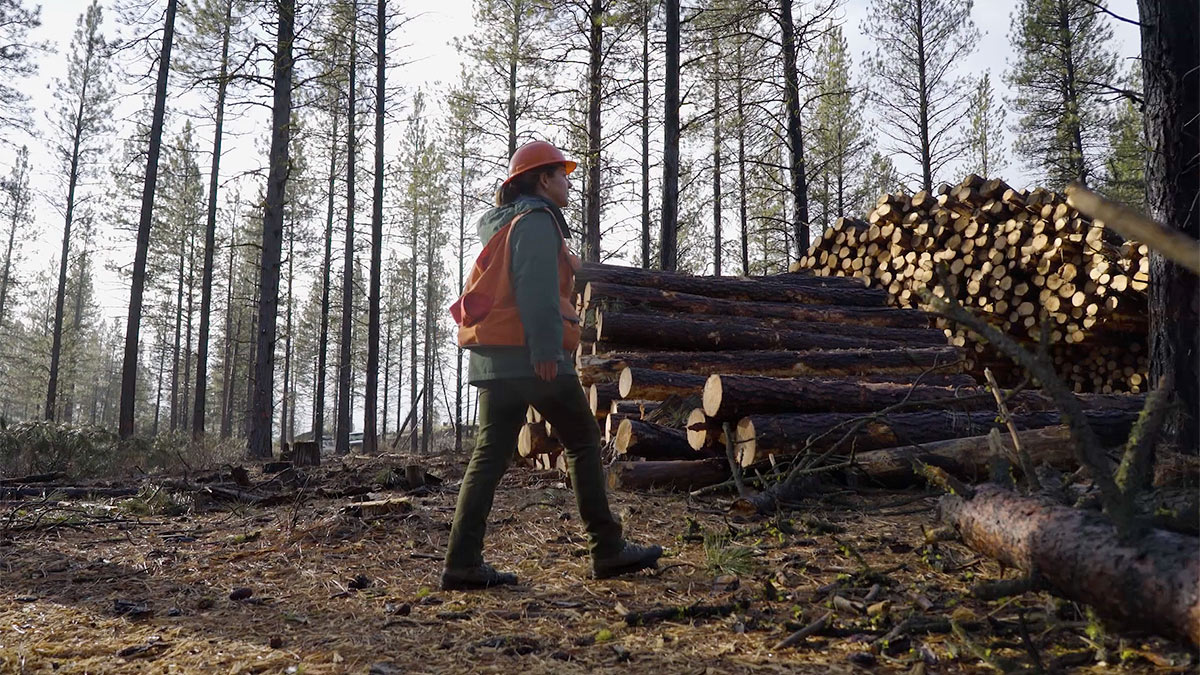
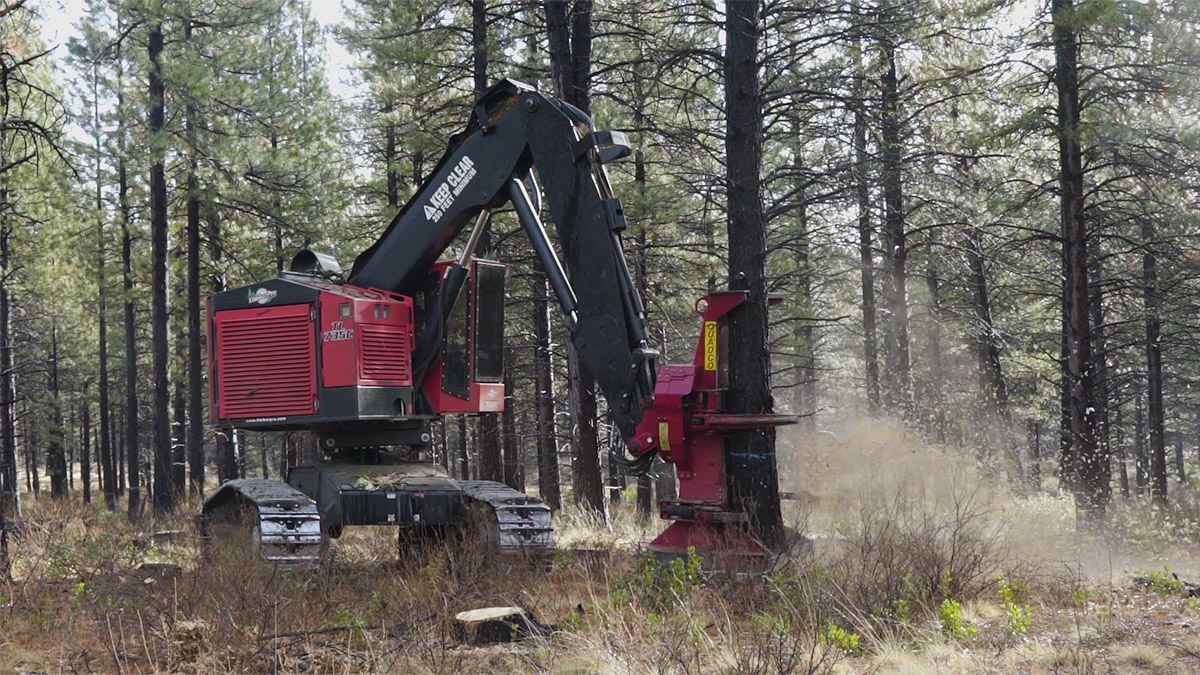
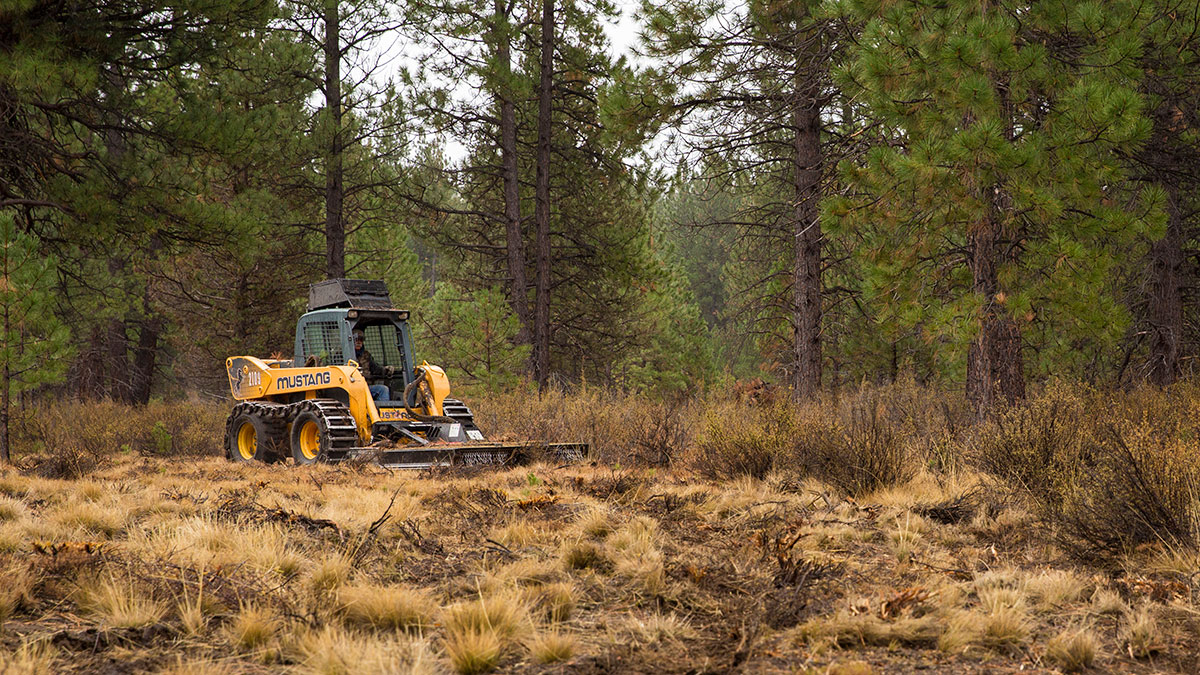

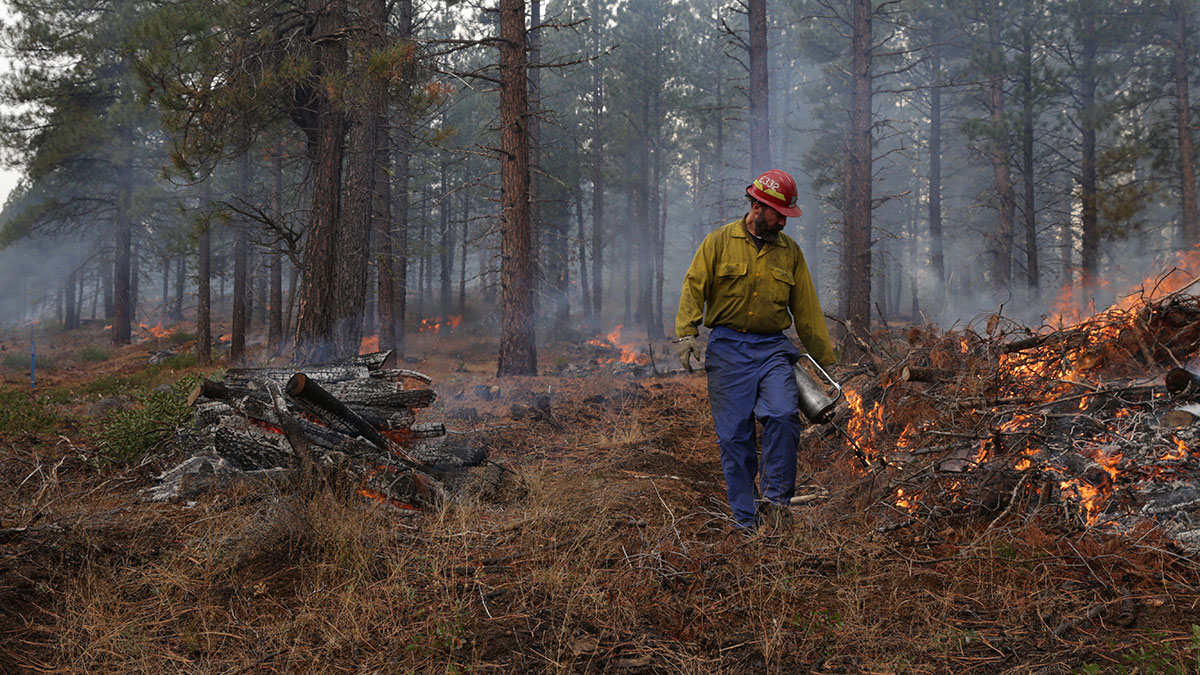
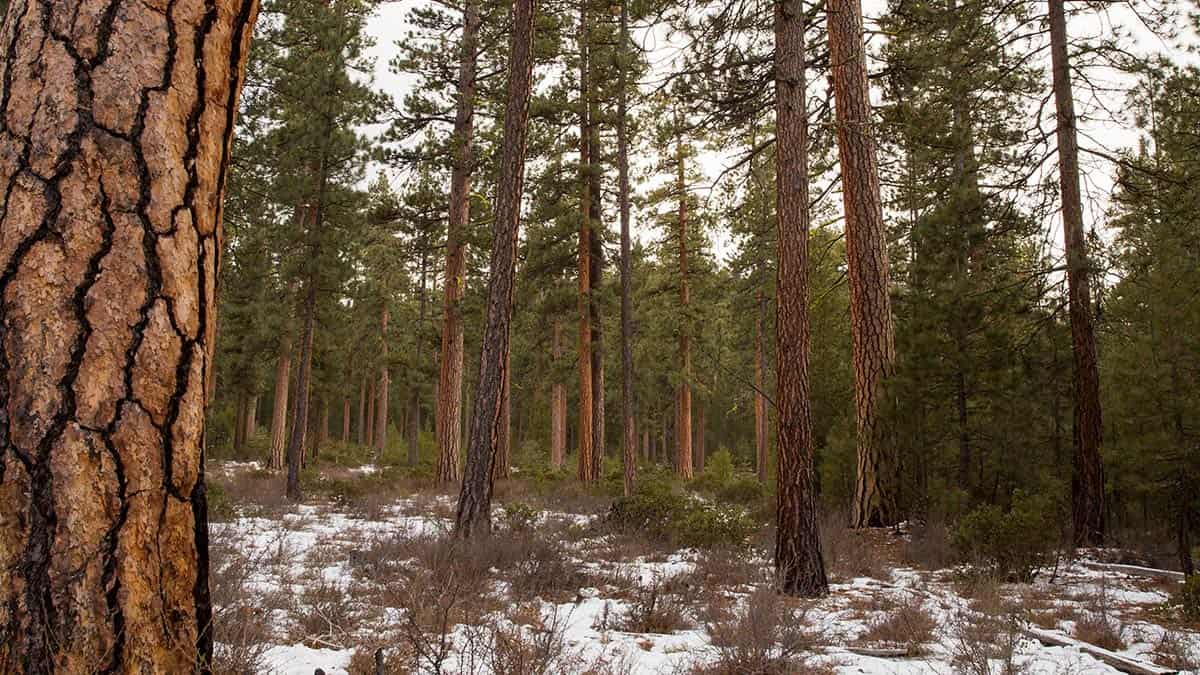

We share our community’s concerns regarding health, visibility, and livability related to smoke produced by prescribed fires. And we know that reintroducing fire through prescribed burning is a critical step in forest restoration. Prescribed burns are conducted by professionals applying cutting-edge tools and decades of scientific and on-the-ground knowledge of the role of fire in our local forests. These professionals continually monitor weather conditions and how prescribed fires behave in an effort to minimize smoke impacts to communities.
It is important to know a great deal of work happens in the forest before a prescribed burn is conducted, including thinning out and removing small trees and brush. Completing these steps reduces the amount of material to burn, which in turn reduces the intensity of the fire and helps ensure that prescribed fire produces less smoke, achieves forest restoration goals, and can be safely controlled.
All controlled burns on federal land, industrial forest land, and private woodlands must comply with the Oregon Smoke Management Plan. This incorporates weather forecasting and a wide range of best practices for prescribed fire use intended to minimize smoke impacts to communities and people, particularly sensitive individuals such as the medically-compromised, elderly, infants and young children, and pregnant women.
Read more about impacts people experience from smoke exposure on the Protect Your Health page.
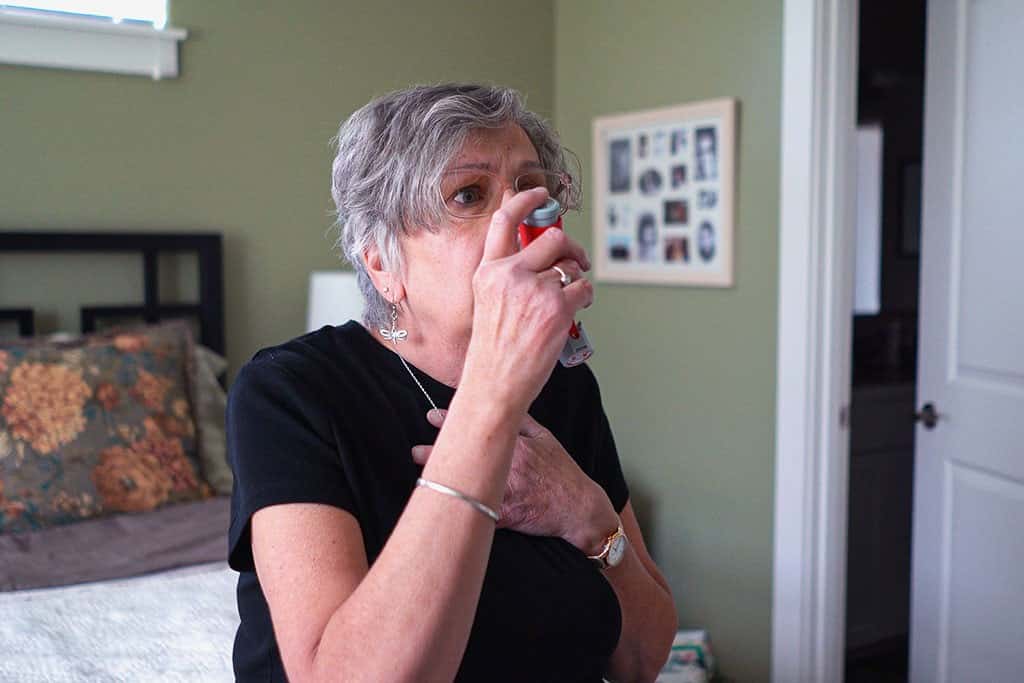
Where is the smoke? Prescribed fire maps and DEQ Air Quality Maps are available.
Prescribed fire smoke impacts typically are at much lower levels than wildfire smoke and only last a few hours, often at night or early morning hours before most of us are up and active. Wildfire smoke, on the other hand, may last for days or weeks at much higher concentrations with much more severe air quality impacts for people.
For Central Oregonians, our choice is not between “lots of fire” or “no fire”. We must choose between an unhealthy forest resulting from a century of nearly no natural, low-intensity fire, or a restored forest that is resilient to fire. Smoke is part of that choice. Limited smoke in the air in the spring and fall is often a sign that important forest restoration work is getting done in a forest near you. We ask for your understanding and support while we do this important work to ensure we have healthy forests and thriving communities now and for the future.


